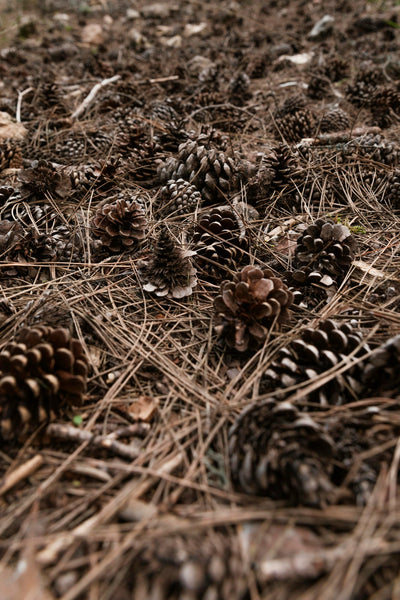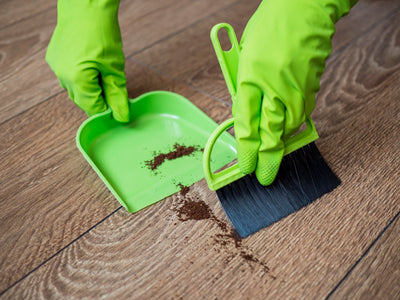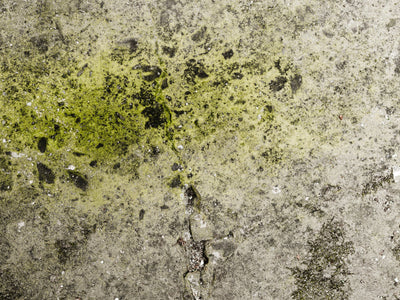Training your dog using positive reinforcement is one of the most effective and humane methods available. By rewarding your dog for good behavior, you can build a strong bond and encourage them to repeat the actions you want to see. At Bags to Bones, we believe in the power of positive reinforcement, which is why our Kangaroo, Kent Pumpkin & Butternut Squash Dehydrated Dog Training Chips are the perfect training aid. In this blog post, we'll explain how to train your dog using positive reinforcement techniques.
What is Positive Reinforcement?
Positive reinforcement involves rewarding your dog for desired behaviors. This reward can be in the form of treats, praise, toys, or anything else your dog finds motivating. The key is to offer the reward immediately after the behavior to create a clear association.
Steps to Train Your Dog Using Positive Reinforcement
1. Identify the Desired Behavior
Before you start training, decide what behaviors you want to reinforce. This could be anything from sitting and staying to more complex commands like rolling over or fetching specific items.
2. Choose High-Value Rewards
Select treats that your dog loves and finds highly motivating. Our Kangaroo, Kent Pumpkin & Butternut Squash Dehydrated Dog Training Chips are an excellent choice because they are not only delicious but also healthy and nutritious.
3. Timing is Everything
To make a clear connection between the behavior and the reward, give the treat immediately after your dog performs the desired action. Delayed rewards can confuse your dog and weaken the training.
4. Use a Marker
A marker is a signal that tells your dog they've done something right. This could be a clicker or a specific word like "yes" or "good." The marker should be used at the exact moment your dog performs the desired behavior, followed by the reward.
5. Start with Simple Commands
Begin with basic commands like "sit," "stay," or "come." Once your dog masters these, you can move on to more complex behaviors. Consistency and repetition are key.
6. Keep Training Sessions Short
Dogs have short attention spans, so keep training sessions brief, around 5-10 minutes. This will prevent your dog from becoming bored or frustrated.
7. Gradually Reduce Treats
As your dog becomes more proficient in performing the desired behaviors, gradually reduce the frequency of treats. Continue to use praise and other forms of rewards to maintain motivation.
8. Be Patient and Consistent
Training takes time and patience. Consistency is crucial for reinforcing good behavior. Practice regularly and remain patient, even if progress seems slow.
Q&A Section
Q: How do I choose the best treats for positive reinforcement training? A: Look for treats that are highly palatable and nutritious. Our Kangaroo, Kent Pumpkin & Butternut Squash Dehydrated Dog Training Chips are perfect because they are tasty, healthy, and easy to break into small pieces.
Q: Can I use positive reinforcement to correct bad behavior? A: Positive reinforcement works best for encouraging good behavior. For correcting bad behavior, try redirecting your dog's attention to a more desirable activity and reward them for it.
Q: How often should I train my dog? A: Daily training sessions are ideal, but keep them short and fun. Aim for 5-10 minutes per session, a few times a day.
Q: What if my dog doesn't respond to the treats? A: If your dog isn't interested in the treats, try different types or flavors until you find one they love. You can also use other rewards like toys, playtime, or praise.
Q: How long does it take to see results with positive reinforcement training? A: The time it takes to see results varies depending on the dog and the behavior being taught. Consistency and patience are key. Some dogs may learn quickly, while others may take more time.
Q: Can older dogs be trained using positive reinforcement? A: Absolutely! Positive reinforcement is effective for dogs of all ages. Older dogs may take a bit longer to learn new behaviors, but with patience and consistency, they can still be trained successfully.
Ready to start training your dog with positive reinforcement? Visit our Kangaroo Dog Chips page to order our nutritious and delicious training chips today. Give your dog the best rewards while building a stronger bond and encouraging good behavior.













